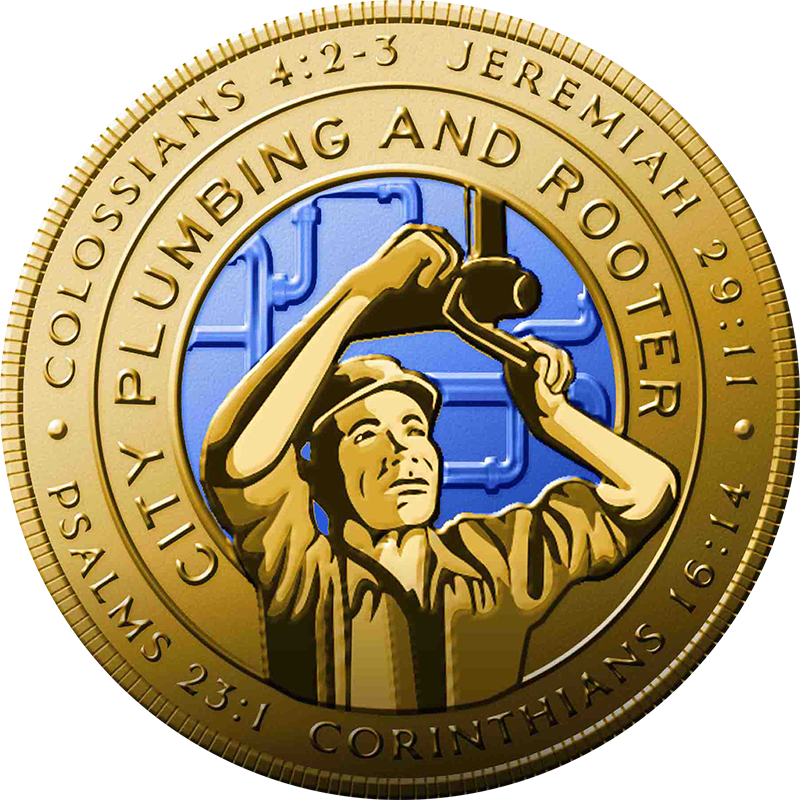Serving Southern california
Call Now: (818) 280-6080
When you’re planning a bathroom renovation, it’s easy to get caught up in choosing the latest tile designs or the most stylish fixtures. However, the success of your renovation largely depends on the plumbing. Here are some essential plumbing considerations to keep in mind to ensure your bathroom update goes smoothly:
1. Assess Your Current Plumbing System
Before making any aesthetic decisions, have a professional plumber inspect your existing plumbing system. This step will help you understand the condition of your pipes, water pressure, and drainage system. It’s crucial to determine whether you need to replace pipes or modify your system to accommodate new fixtures or additional bathroom features.
2. Plan Your Layout Wisely
Changing the layout of your bathroom can significantly impact your plumbing. Moving fixtures like sinks, toilets, or showers requires rerouting pipes, which can be costly and complex. If possible, try to keep major fixtures in their original locations. If a layout change is necessary, discuss it with your plumber to understand the implications and costs involved.
3. Choose the Right Fixtures
When selecting new fixtures, consider both aesthetics and functionality. Ensure that your choices are compatible with your home’s water pressure and plumbing configuration. For instance, some high-end fixtures require specific types of plumbing lines or may have particular installation requirements that could affect your renovation plans.
4. Consider Water Efficiency
Modern plumbing fixtures offer significant advantages in terms of water efficiency. Low-flow toilets, showerheads, and faucets can reduce your water usage, helping the environment and your wallet. When shopping for fixtures, look for those with a WaterSense label, which indicates compliance with EPA water efficiency standards.
5. Ventilation is Key
Proper ventilation is crucial in a bathroom to prevent moisture buildup, which can lead to mold and mildew. Ensure your renovation plans include an adequately sized vent or an upgraded exhaust fan, especially if you’re adding a steam shower or increasing the size of your bathroom.
6. Think About Future Access
Design your bathroom in a way that allows for easy access to plumbing. Create access panels for the shower and tub and consider the placement of vanities and fixtures in relation to cleanouts. Planning for future plumbing maintenance or repairs can save you significant time and money.
7. Compliance and Permits
Before starting your renovation, make sure you understand local building codes and regulations. In many areas, certain types of plumbing work may require permits or need to be performed by licensed professionals. Working within the guidelines will help avoid costly mistakes and legal issues.
8. Budget for the Unexpected
Always set aside a portion of your budget for unexpected plumbing issues. Once walls and floors are opened up, it’s not uncommon to find water damage, corroded pipes, or other issues that need to be addressed. Having a financial cushion will help you deal with these surprises without compromising the quality of your renovation.
By prioritizing these plumbing considerations, you can ensure that your bathroom renovation is not only beautiful but also functional and sustainable. Investing in good plumbing practices from the start will pave the way for a successful renovation that you’ll enjoy for years to come. To learn more from the plumbing professionals, give City Plumbing and Rooter a call today!
#1 PLUMBING SERVICE LOS ANGELES & VENTURA COUNTY
Find a plumber in your city
At City Plumbing & Rooter, we have over two decades of experience assisting southern California communities with high quality plumbing repair, maintenance, and installation services. From clogged toilets and water heater repair to emergency services, you can trust our professional team to always be there for you. To take a look at the areas we serve, navigate to the map on the left and find your location!
Contact Us
For more information about scheduling an inspection, call us at (818) 280-6080 or complete the contact form below.
Contact Us
We will get back to you as soon as possible.
Please try again later.
What happens after I send my message?
Our team will review your information.
A staff member will contact you as soon as possible.
We will work with you to schedule your service.
Contact information
Address
20038 Arminta St, Winnetka, CA 91306
Our Services
Quick Links
Business Hours
- Monday
- -
- Tuesday
- -
- Wednesday
- -
- Thursday
- -
- Friday
- -
- Saturday
- -
- Sunday
- Closed
Contact Us
City Plumbing and Rooter
Main Office: 20038 Arminta St, Winnetka, CA 91306
CA License # 1052386








